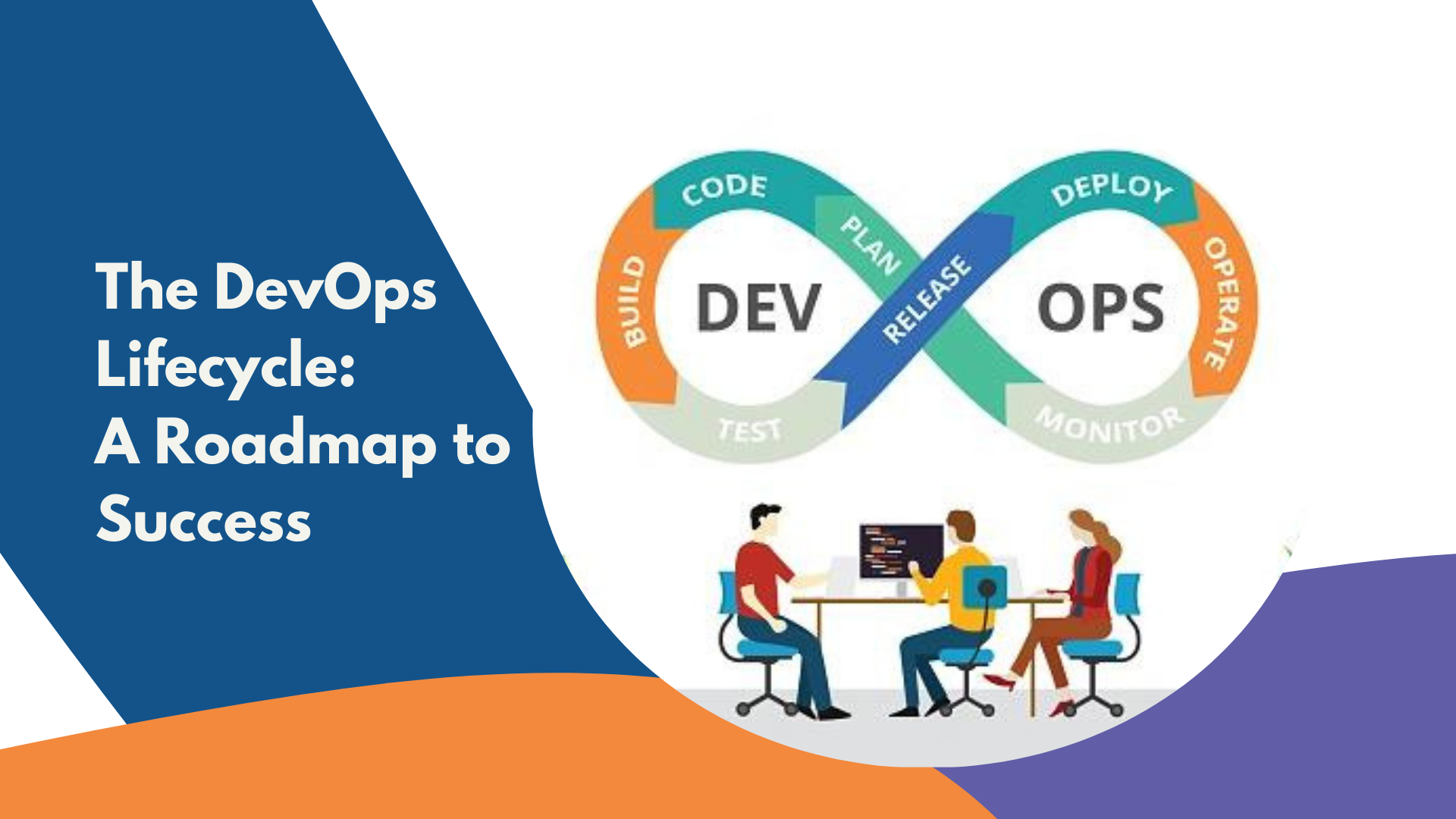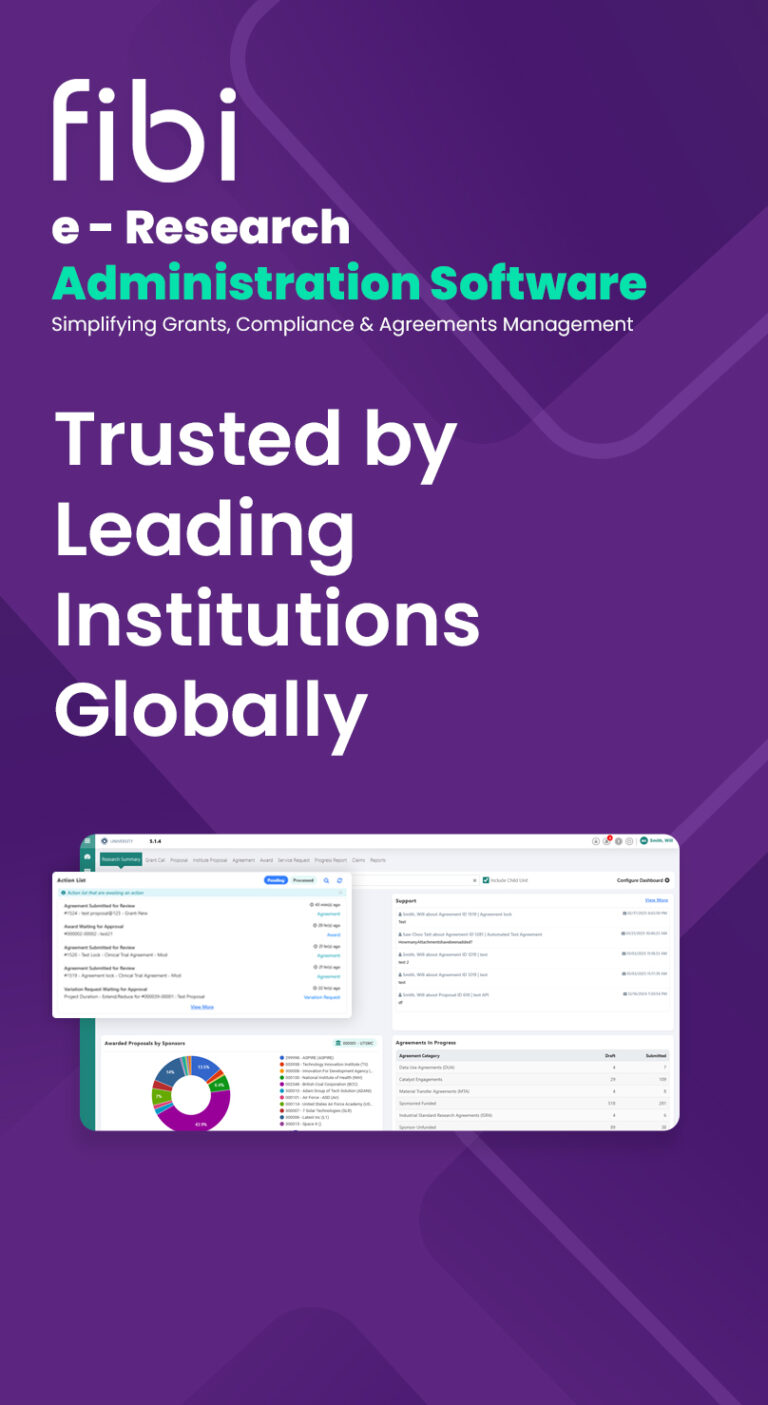DevOps, a portmanteau of “Development” and “Operations,” is a software development methodology that emphasizes collaboration, communication, and integration between software developers and IT operations professionals. It aims to streamline the software development lifecycle (SDLC) by breaking down silos between development and operations teams, fostering a culture of shared responsibility, and implementing automation to improve efficiency and quality.
What is DevOps?
DevOps is more than just a set of tools or practices; it’s a cultural shift that encourages collaboration and communication between developers, operations teams, and other stakeholders involved in the software development process. It emphasizes the following key principles:
- Coding: Tools for code development, review, and management, as well as code merging.
- Building: Continuous integration tools like Jenkins, which automate the build process and provide build status information.
- Testing: Tools for continuous testing, such as QuerySurge, Selenium, Cucumber, and JMeter, which help assess business risks and ensure software quality.
- Packaging: Artifact repository tools and pre-deployment staging environments for packaging applications.
- Releasing: Tools for change management, release approvals, and release automation to streamline the deployment process.
- Configuring: Tools for infrastructure configuration and management, including infrastructure as code tools.
- Monitoring: Tools for monitoring application performance and end-user experience in real-time.
DevOps Lifecycle and Phases
The DevOps lifecycle consists of several phases, each with its own set of practices and tools:
- Plan: The first stage of the DevOps lifecycle involves planning the software development process. This includes defining the scope of the project, setting goals, and establishing the overall strategy. During this stage, teams collaborate to prioritize tasks and create a roadmap for the development process
- Code: In the code stage, developers write and review code for the new features or changes. Version control systems such as Git are used to manage code changes, enabling teams to collaborate effectively. Continuous integration tools are also used to merge code changes and detect integration issues early.
- Build: The build stage involves compiling the code into executable files and running automated tests to ensure the code functions as expected. Continuous integration tools automate the build process, allowing teams to identify and fix issues quickly.
- Test: The testing stage focuses on ensuring the quality of the software. Automated testing tools such as Selenium and JUnit are used to run tests continuously, providing rapid feedback to developers. This stage also includes performance testing and security testing to identify and address any potential issues.
- Deploy: The deploy stage involves deploying the code to production or a staging environment. Continuous deployment tools automate the deployment process, ensuring that code changes are deployed quickly and reliably. This stage also includes configuring the infrastructure and setting up monitoring tools.
- Operate: The operate stage focuses on monitoring the performance and health of the software in production. Monitoring tools such as Nagios and Prometheus are used to track key metrics and alert teams to any issues. This stage also includes managing incidents and responding to any problems that arise.
- Monitor: The monitor stage involves monitoring the performance and usage of the software in production. This includes tracking key metrics such as response time, error rate, and resource usage. Monitoring tools provide real-time visibility into the software’s performance, allowing teams to identify and address any issues quickly.
In addition to these tools, DevOps promotes several key practices. By embracing the 7 Cs of DevOps, organizations can accelerate their software delivery process, improve efficiency, and deliver high-quality software that meets the needs of users and stakeholders.
- Continuous Development: DevOps encourages continuous development practices, where code is written, tested, and deployed in small, frequent increments. This approach helps to improve efficiency and allows developers to focus on creating high-quality code.
- Continuous Integration: Continuous Integration (CI) is a key practice in DevOps, where code changes are automatically integrated into a shared repository and tested. This helps to identify and fix issues early in the development process, ensuring that the software is always in a deployable state.
- Continuous Testing: Continuous Testing is another essential practice in DevOps, where automated tests are run continuously throughout the development process. This helps to ensure that the software meets the required quality standards and reduces the risk of defects in production.
- Continuous Deployment/Continuous Delivery: Continuous Deployment (CD) and Continuous Delivery (CD) are practices that focus on automating the deployment process. CD involves automatically deploying code changes to production after they have been tested, while CD involves deploying code changes manually. These practices help to reduce the time and effort required to deploy software changes, allowing organizations to deliver new features and updates to customers more quickly.
- Continuous Monitoring: Continuous Monitoring involves monitoring the performance and health of software applications in real-time. This helps to identify and resolve issues quickly, ensuring that the software is always running smoothly and meeting the needs of users.
- Continuous Feedback: Continuous Feedback is essential for improving collaboration and driving continuous improvement. By gathering feedback from users and stakeholders, organizations can identify areas for improvement and make informed decisions about future development efforts.
- Continuous Operations: Continuous Operations focuses on ensuring the stability and reliability of software applications in production. This involves implementing practices and tools to monitor, manage, and maintain the software, ensuring that it meets the needs of users and stakeholders.
DevOps is a transformative approach to software development that emphasizes collaboration, automation, and continuous improvement. By adopting DevOps practices and tools, organizations can accelerate their software delivery process, improve collaboration between teams, and deliver higher-quality software to their customers.

























